Leaving Reps in the Tank or All Sets to Failure
Bringing up the debate on failure verse non failure training is like picking your side in a war. You are either republican or democrat, you are vegan or carnivore, you are Ford or Chevy. Pick you side wisely because there is zero middle ground in this debate. Why is it like this? Well a deep psychology dive is not what I am here for. But many pick these dogmatic items up as identities and leaving your identity and status is change and change is uncomfortable…. maybe a reason, just a dietitian meathead guessing. But being a nerdier science person, I keep an open mind and operate in between the war of dogmatic views. Let’s look at the latest study on failure verse non failure training and make some takeaways.
Study: Effect of resistance training to muscle failure vs non-failure on strength, hypertrophy and muscle architecture in trained individuals. (Santanielo 2020)
Subjects: 14 trained men (had to perform leg press and extension for 2x per week for past 2 years); 23 years old, 74.4kg (163lbs)
Protocol: Subjects trained for twice per week for 10 weeks using a within subject design. One leg trained unilateral leg press and extension to failure; the other leg trained shy of failure (~1.5 reps in reserve on average)
Number of sets was prescribed based on the subjects reported set volume prior to the study and set volume was increased by 20%. On average the subjects performed 11.6 +/- 5.2 sets per week split across exercises.
Results: Failure training subject performed 13.6% more reps per set and higher volume overall
Outcome
No significant difference between groups for ultrasound measured quadricep cross sectional area, 1RM strength, and EMG.
Interpretation: Well the quick summary is within this group whether they trained to failure or just shy of failure (~1.5 reps in reserve) the same gains were made. This is only one study, but the existing body of literature at least appears to suggest training to or near failure as not better one way or the other. But how far away from failure until that effect diminishes is still unclear. I am far from going for the minimalist approach of how little can I get away with and lean to the side of let’s not leave some gains on the table.
Regarding subjects in these failure training studies we still don’t have a great representation of highly advanced bodybuilders. These subjects are considered “trained” they were on average 23 years old and 163lbs. This is a far shot from an advanced lifter in my opinion. It is possible that the per set stimulus was not enough to differentiate further hypertrophy due to the level of advancement. This does bring the question stimulating reps into question and those reps closer to failure might matter more as you get advanced, yet research has not investigating this in depth. Why not? Well highly advanced lifters grow muscle so slow its challenging to put together and 6-12-month study and usually research is on university campus, so we get the 20-year-old crowd in these studies more often than not. I do applaud these researchers in taking into account pre training set volume as you don’t have any subject coming from low volume to higher volume or high volume to low volume training that can confound hypertrophy effects.
From a practical standpoint, training to true failure (unable to continue moving in the concentric phase) is quite unpractical. Within the “I only train to failure” camp, I never actually see them train only to failure. You must consider lifting safety and the point of lifting for hypertrophy. Is the point to lift until you can’t move or lift until you fully stimulate the intended muscle; I say the later. I never see guys crawling out of the squat rack failing their back squat, usually it’s with 1-2 reps in the tank because form breaks down before failure occurs. However, exercises that are stabilized and controlled like a bicep curl cater more to training safely to failure. Also, consider the level of fatigue generated from only training to failure within the context of your program as a whole. If you can do 1 set of squats and it wrecks you for the rest of the workout, likely you won’t uphold the volume level need to optimize growth. In the above study the non-failure group did less total reps but made the same gains. Something to consider when trying to manage fatigue and if the failure rep cost of fatigue is worth the gains or lack thereof.
However, if you enjoy training to failure and your mentally thrive within that beat the logbook approach, you can take this as failure training is just as good as non-failure training. For a person with this psychology it might be better from a enjoyment and motivation standpoint. Just make sure to not chase the numbers and sacrifice the intention of training muscles and not movements.
Finally, research is set up to determine differences in variables. This is not a study of how you should train. It’s an investigation into understanding how one variable impacts an outcome. We use the research body of evidence as a whole, in the trench experience, and individual personalization to create the how to train piece of the puzzle.
Takeaway Stay open minded when reading research and listen to anecdotal viewpoints of experienced athletes/coaches. These topics are not black and white, but rather have a lot of gray area. Personally, I favor getting closer or to failure but only on movements patterns that allow me safely to do so and never at the sacrifice of form that trains the muscle I intend to train. For me this looks like the following:
- More technical compound movements (Squat, RDL, lunges, etc) 1-2 reps in reserve
- Compounds with more bracing and stability (machines, etc) 0-1 reps in reserve
- Isolation movements 0-1 reps in reserve
- I save training farther from failure during deload weeks primarily
This is heavily just my preference and know there are many ways to structure even this. For how to plan an entire program I am in favor to listening to the best coaches in the world that actually take people to the highest level of competition.
Think bigger!
Train Hard!
John Jewett MS RD IFBB Pro
Reference
Santanielo N, Nóbrega S, Scarpelli M, Alvarez I, Otoboni G, Pintanel L, Libardi C. Effect of resistance training to muscle failure vs non-failure on strength, hypertrophy and muscle architecture in trained individuals. Biology of Sport. 2020;37(1).





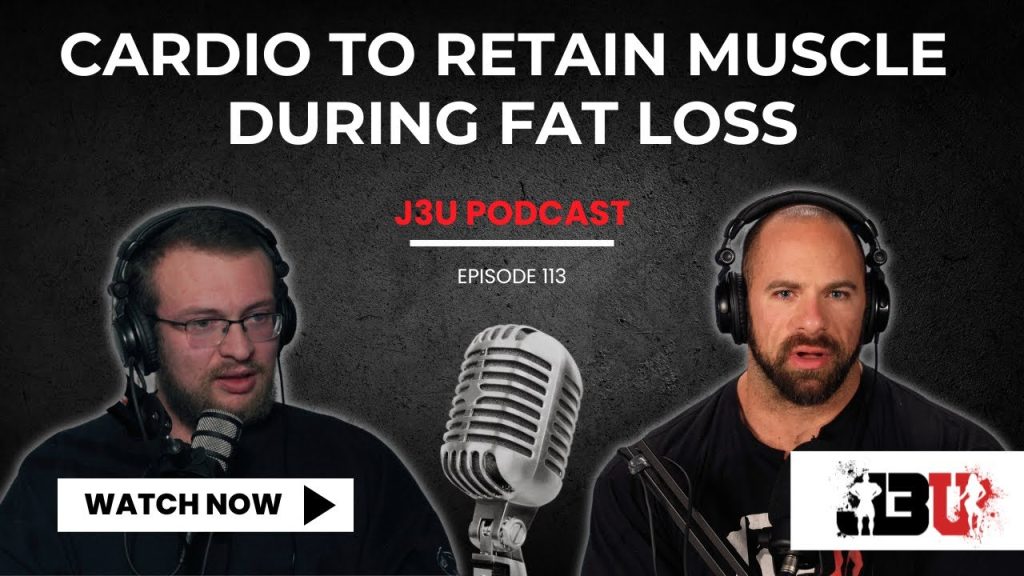
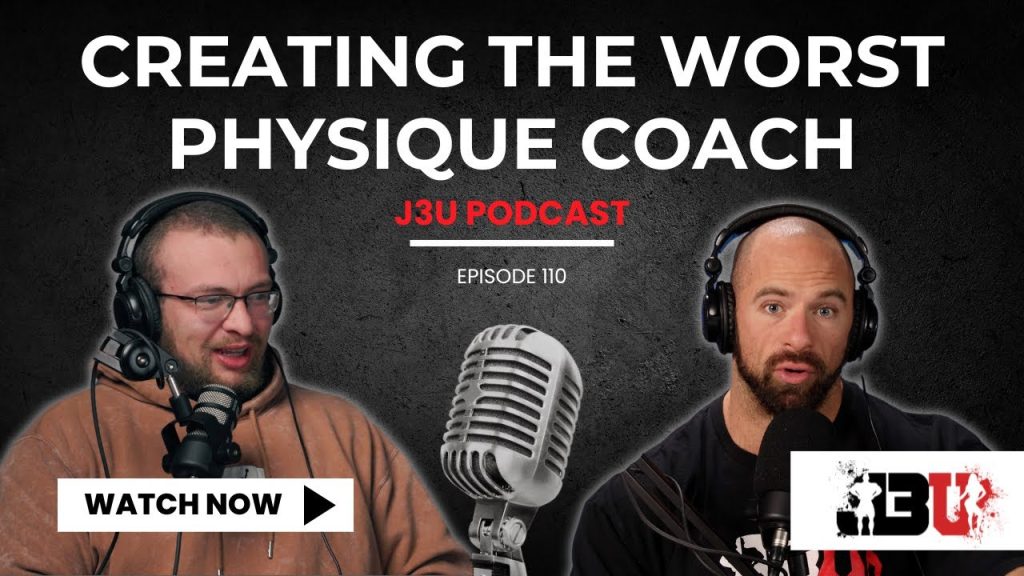

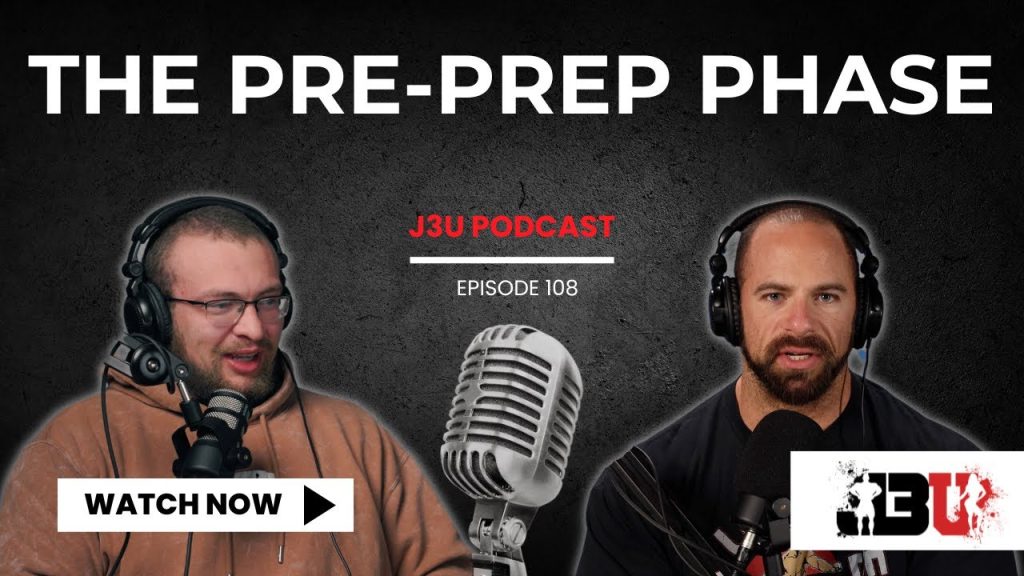



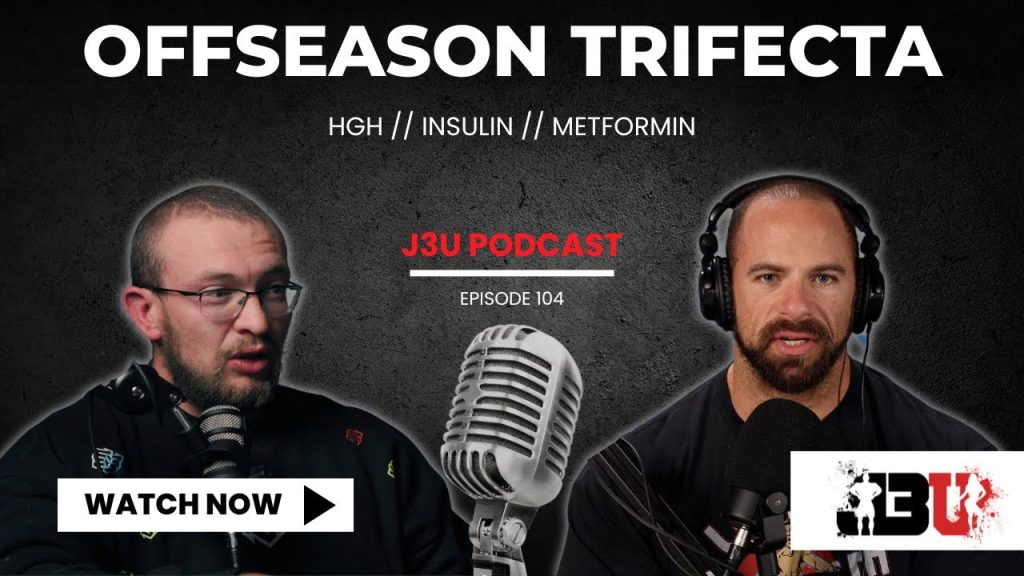

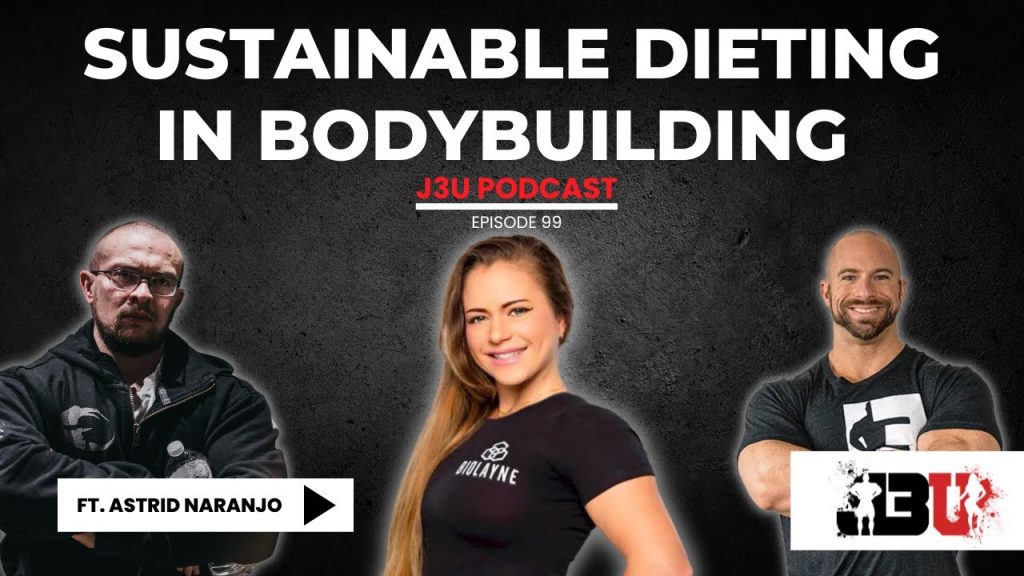





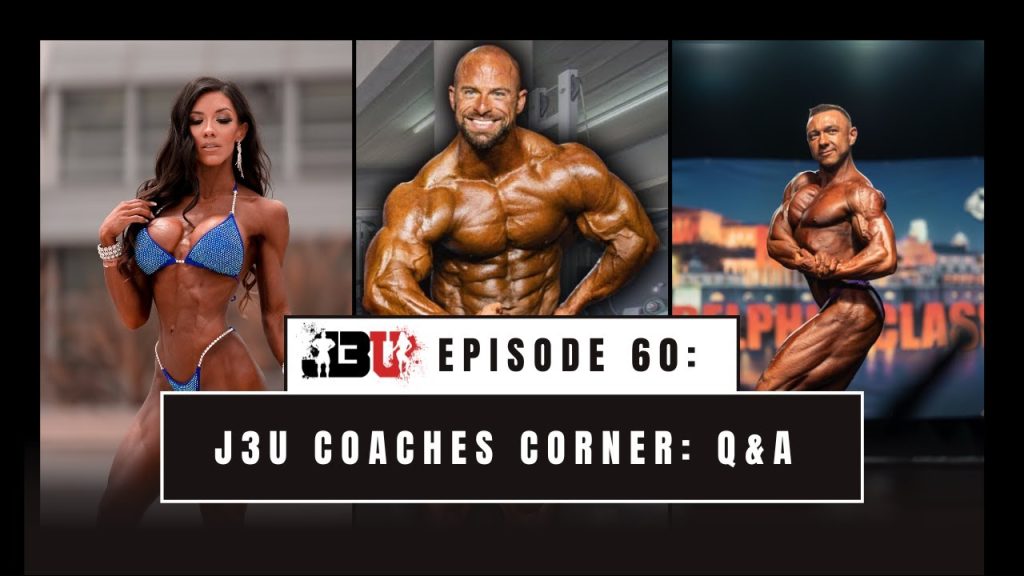

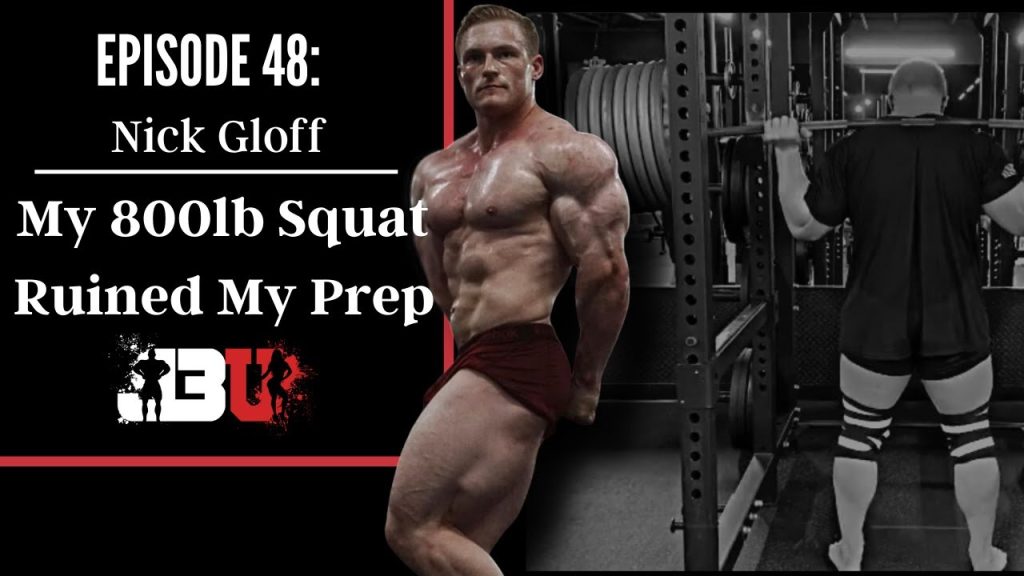

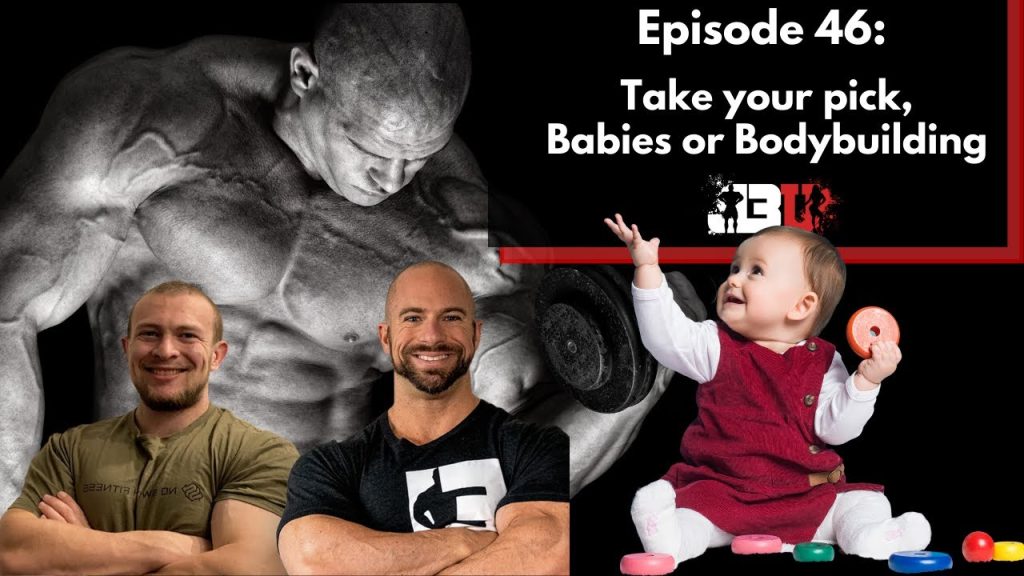
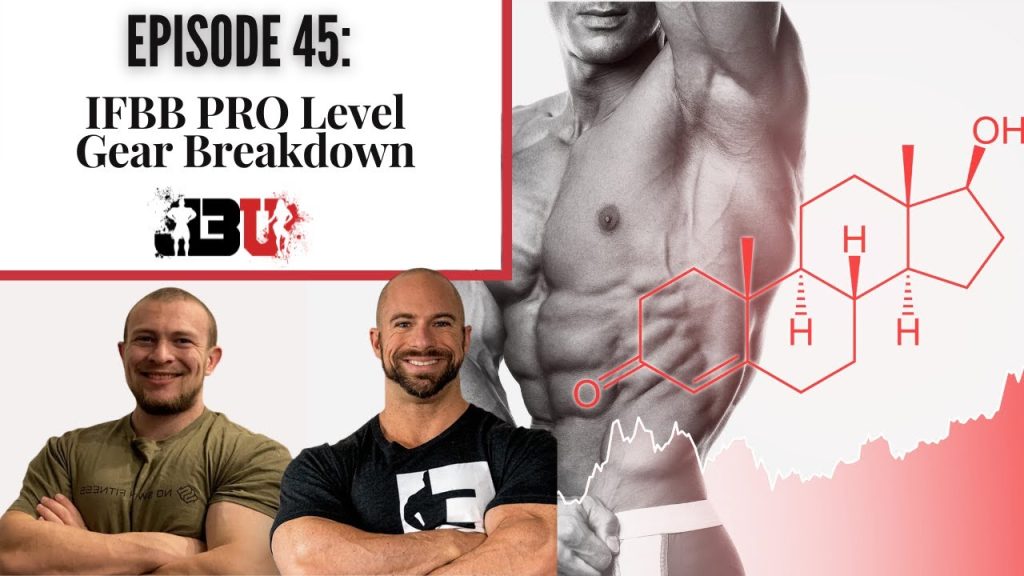
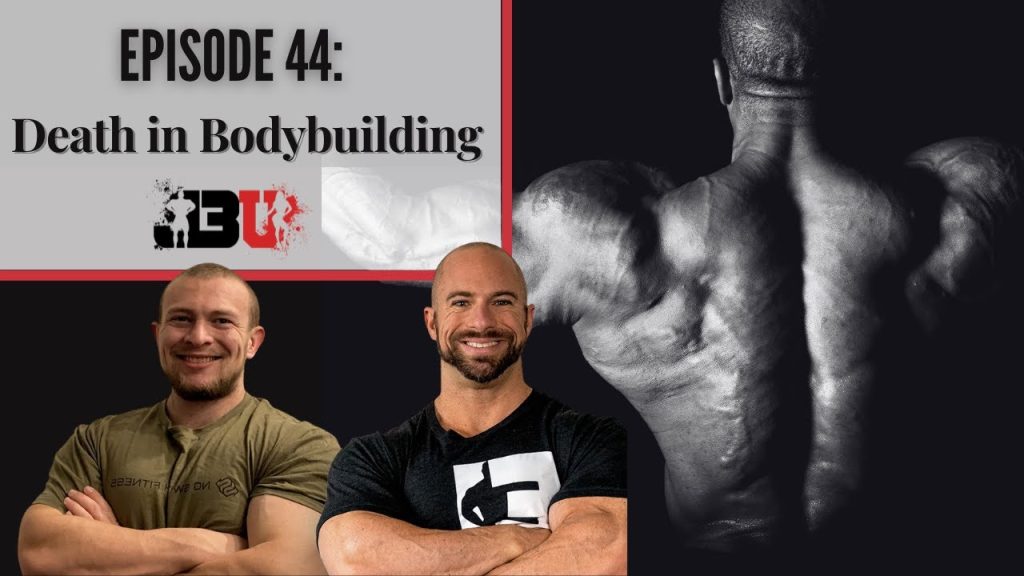




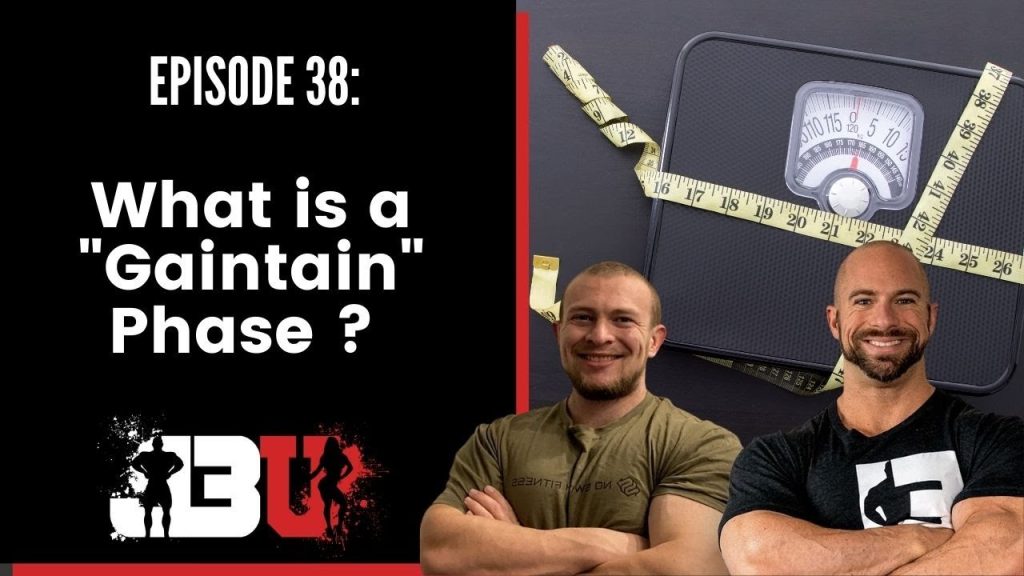
Responses